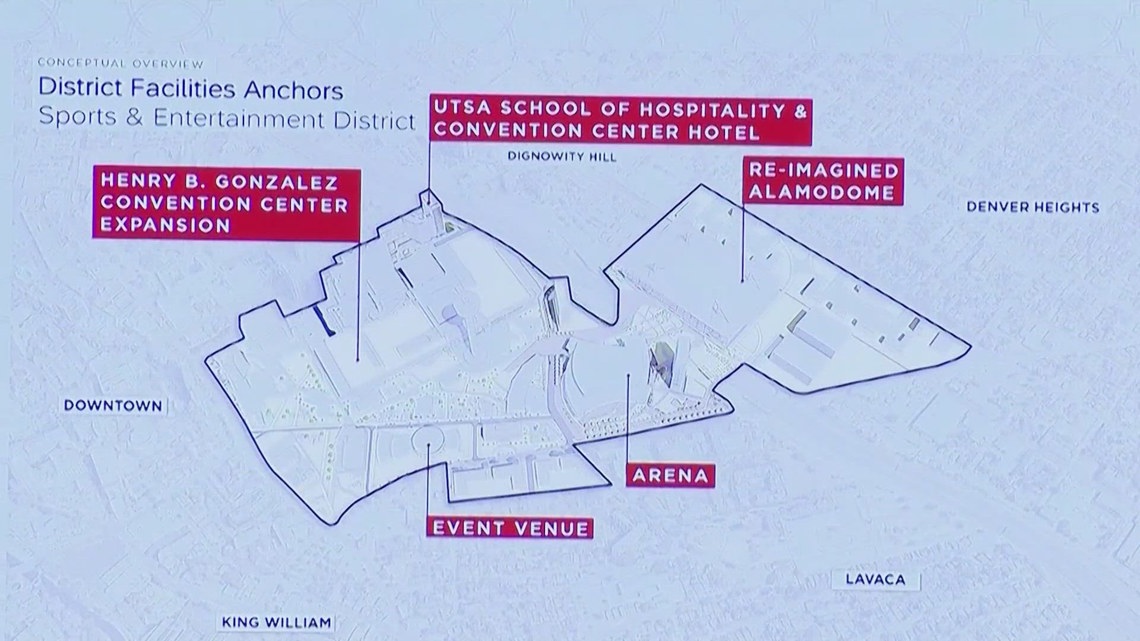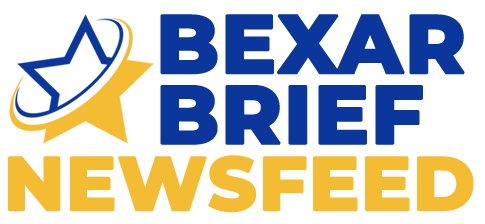
District 5 Councilmember Teri Castillo is hoping for a comprehensive economic impact analysis of how Project Marvel overall, could impact various city services.
SAN ANTONIO — San Antonio city councilmembers are focusing their efforts on further educating the public ahead of a critical November venue tax vote following the governing body’s majority approval of a nonbinding term sheet with the Spurs.
Hours of public comment on Thursday revealed passionate arguments for pausing the Project Marvel process, a multi-billion-dollar vision to create a downtown sports and entertainment district. Among the 100 individuals signed up to speak, many voiced support for keeping the ball rolling and approving the term sheet. Peter Holt, owner of Spurs Sports & Entertainment and former Spurs star Sean Elliot were among those who emphasized how the organization’s $2.1 billion investment would be transformative for San Antonio.
One prominent component of the plan aims to establish a new Spurs arena that would cost $1.3 billion with the City, Spurs and Bexar County paying for the facility.
Mayor Gina Ortiz Jones advocated for councilmembers to not approve the nonbinding term until an independent economic study could be performed. Jones’ resolution, which failed 4-7, also called for the council to gather community input.
The second resolution, which passed 7-4, gave the green light for City Manager Erik Walsh to proceed with finalizing the term sheet alongside the other two entities involved.
Jones still believes in an independent economic analysis would prove beneficial for the public to compare and contrast with the reports already presented, including one commissioned by the City, which was done by CSI International, a company that has business ties with the Spurs.
District 5 Councilmember Teri Castillo, one of the four members who voted no, is urging the city to conduct a full cost analysis of the impacts beyond arena construction.
“If we’re facing a deficit but we’re also moving forward with a plan that has unknown costs, I’m concerned with how this is going to impact city services long term,” Castillo said. “As we negotiate with the county and the Spurs, what other additional ways can we ask the county and the Spurs help us in terms of meeting some of those needs, whether they’re infrastructure, utilities, and or public safety. We need to know the costs associated.”
She highlighted questions about utility relocations, trash collection, staffing, and the added public safety needs that come with a large sports and entertainment district.
On the other side, District 10 Councilmember Marc Whyte, who voted in favor of the term sheet said the next step is to bring the deal directly to residents.
“We’re all going to get into our districts now, have multiple community meetings. I’m bringing City Manager Erik Walsh to one of mine, we’re going to have the Spurs folks there as well and just go over the deal with the citizens so they have all the information to make their decision in November,” Whyte said.
According to the draft term sheet, the City will contribute the lesser of 38% of the Arena’s cost or $489 million, with funding provided through the issuance of one or more series of bonds. The bonds will be secured and repaid using revenue from the Spurs’ lease of the new Arena, ground rent generated from private development on City-owned land, revenue from the Hemisfair Tax Increment Reinvestment Zone and revenue from Project Finance Zone Number Two in San Antonio.
“There are no local tax dollars, no general fund money going toward this project right now. The citizens of San Antonio are going to decide first on the county piece in November and if they say yes, then they’re going to decide next May whether or not there should be infrastructure dollars put toward the new facility,” Whyte said.
City officials anticipate the term sheet to be finalized and made available to the public online by the end of the month by visiting SA.gov/SportsDistrict.
